Forte Novo beach, in Quarteira, is no longer the same after the Easter weekend storm, which made the sand disappear and caused the partial destruction of the walkways. However, as it was a destruction that was already predicted to happen, it could have been avoided. But how?
«There is a [sand] replacement plan that has been outlined since 2020, but which has not yet been carried out. If there had been a continuity of replacement, this would have been avoided».
Óscar Ferreira, PhD in Coastal Dynamics and researcher at the Center for Marine and Environmental Research (CIMA) at the University of Algarve, explains to Sul Informação that the Quarteira/Forte Novo area is an area of the Algarve with «the coastal perimeter known and very well studied», mainly after the construction of the Vilamoura Marina, which triggered an erosion phenomenon in that coastal area, «which began to have a retreat of around three meters per year».
«To alleviate this retreat and prevent any destruction of existing occupation or continuity of retreat, in 2010 a large replenishment [of sands] was carried out between the Quarteira area and Dunas Douradas, after Vale do Lobo. This feedback had an estimated lifespan of between 10 and 12 years», he explains Oscar Ferreira. But that time has passed and, therefore, “the The sand that was deposited there has already been removed by the sea and was transported towards Praia de Faro».
«During these almost 14 years, there was a buffer zone there where the sand was placed. This area has now been completely eroded and that is why we started to experience the erosion of the cliff and the dune, which had already happened previously», he continues.
Rory Bova works at A Gaivota Beach Restaurant Bar about 10 years ago, and, therefore, he says he had never seen such massive destruction, but he knows it had already happened.
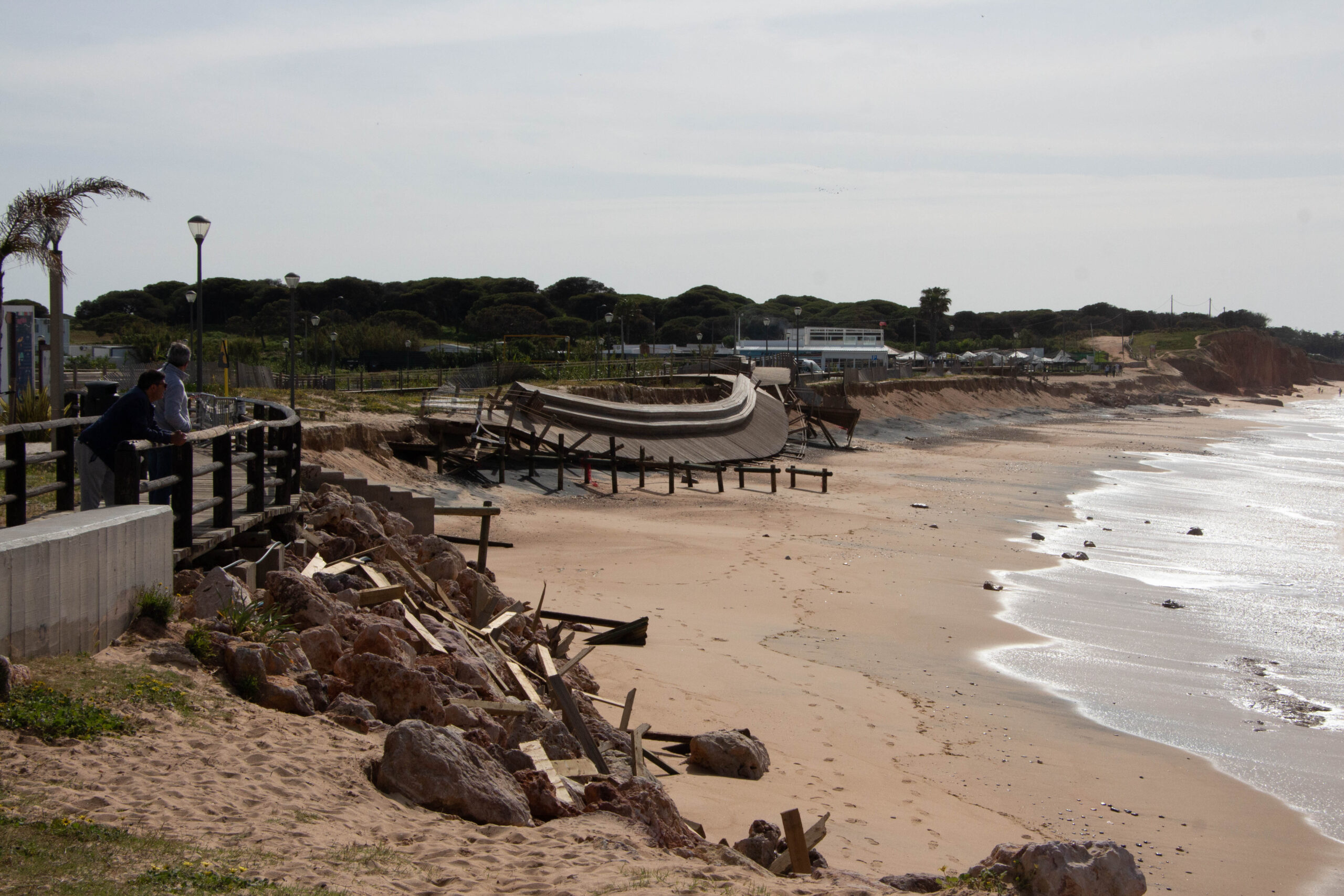
«The difference is that before there wasn't this walkway and that's why I think that now the destruction seems even greater», says the young man to our newspaper.
In this restaurant located right next to Forte Novo beach, at the end of the Quarteira promenade, the negative impact of the destruction has not yet been felt. Rory even points out that «many people have come here on purpose to see what's going on».
«In terms of business, we still can't understand whether this will affect a lot or not, especially because the weather isn't attracting many people to the beach yet», he says.
As we speak to the young man, there are in fact many people who appear, on bicycles or on foot, and who, upon encountering that atypical view, take the opportunity to record it in photographs or video.
Óscar Ferreira, a specialist in management issues and coastal dynamics, doubts that this year there will be a bathing season similar to previous ones in Praia do Forte Novo.
«Only with new nourishment can that area return to what it was, because it does not have the capacity for natural replacement. If the replacement is not carried out until then – because this requires competitions, probably even international ones, an impact assessment… a series of things that mean that this work cannot be done overnight – this summer that beach will live with the sand that recovers naturally, which will be very little».
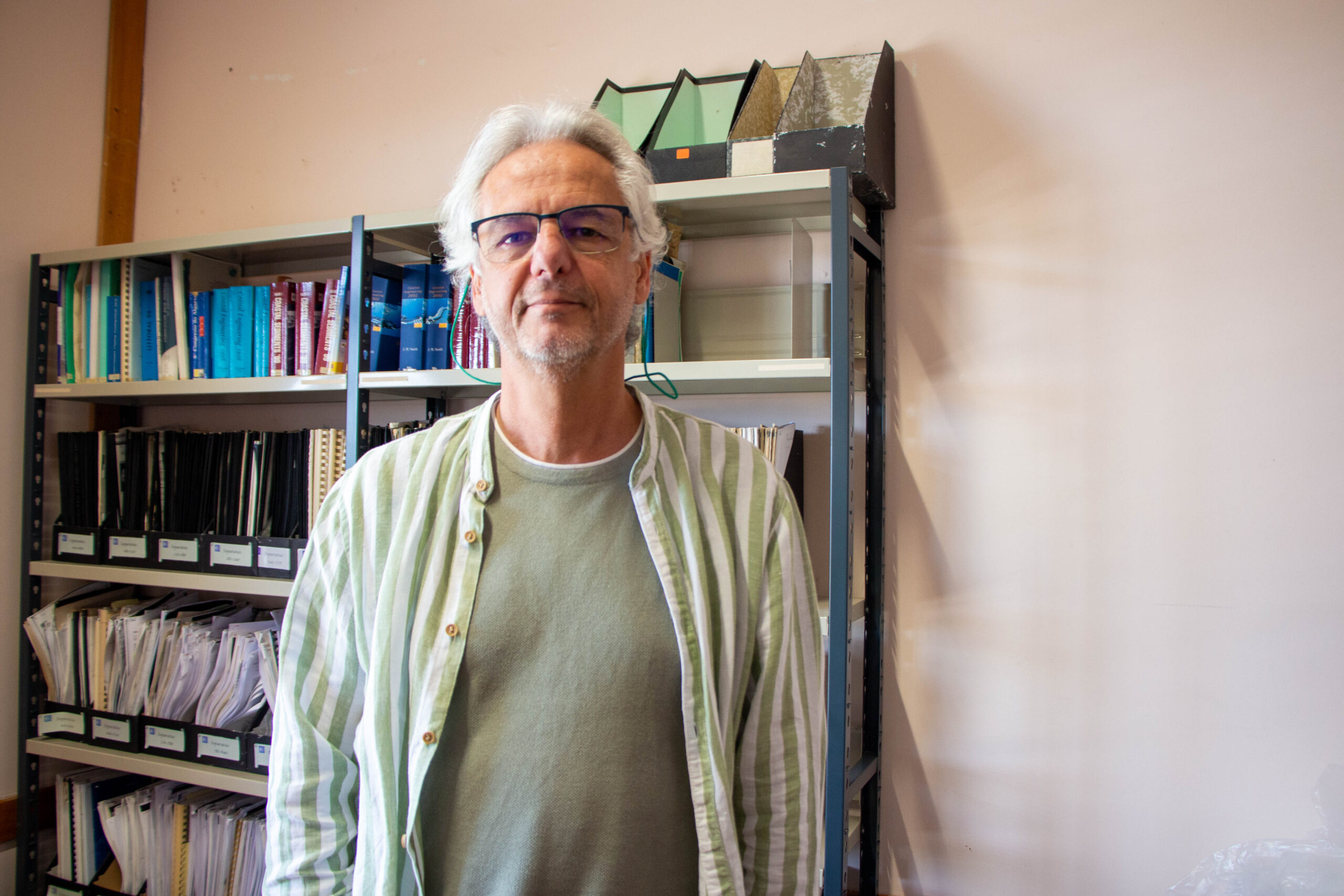
The available sand will be, says the expert, whatever exists at low tide, «and with a reduced width».
In this case, it is the Portuguese Environment Agency (APA) that will have to intervene, putting into practice the plan it had already drawn up.
«APA knows perfectly well, because it has very good specialists in the area, that the sand that is placed is transported at a certain rate, which therefore has an estimated lifespan, and that this intervention was at its lifespan limit», emphasizes Óscar Ferreira, reinforcing that «only they can answer why the intervention is delayed».
O Sul Informação He tried to contact the APA, but, at the time of publishing this article, it was not possible.
In a note sent to newsrooms on April 1st, the Loulé City Council promised that it will make efforts to “resolve this situation as quickly as possible”: first with “work to remove all debris and other waste accumulated there, in order to clean the entire affected area” and then with the planned replacement of sand, under «a project to recharge the entire sand area between the Quarteira sea front and Ancão beach», which ARH Algarve – Portuguese Environment Agency «has already implemented», whose estimated value is around 14 million euros.
Only after the sand is properly “replaced” will it be possible to rebuild the walkway, an intervention that the municipality says it will undertake, “as soon as the conditions for this are met”.
Although, in recent years, it has become increasingly common to hear about various types of destruction in coastal areas, Óscar Ferreira explains that the area between Quarteira and Faro It is, without a doubt, the most affected in the entire Algarve and one of the most at risk in the country.
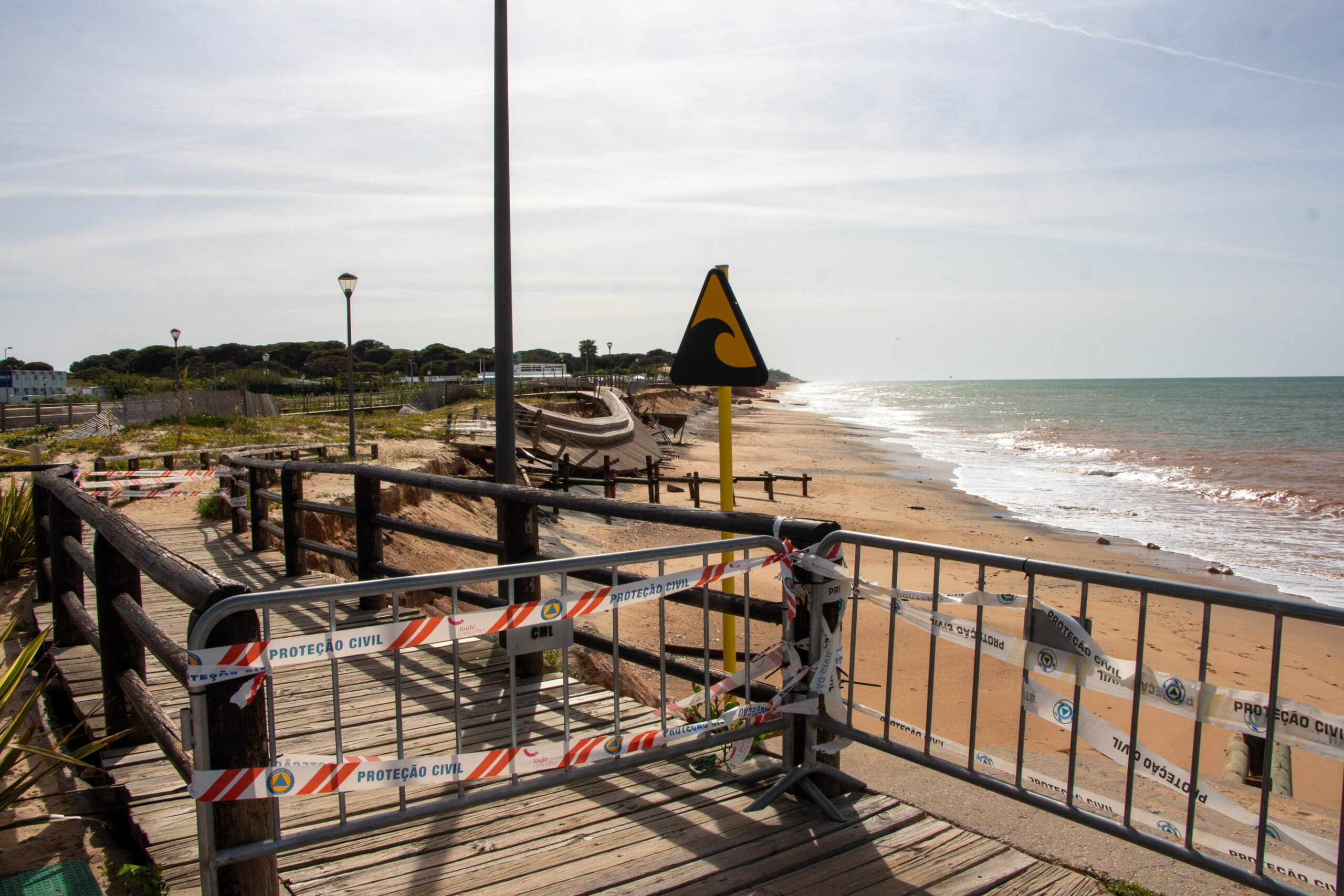
«The Algarve has two completely different areas of behavior: a sandy area – where the most problematic section is this, and where there must always be high continuity of management so that there are no serious problems – and the rocky coastal section – which has different problems, especially the possibility of falling cliffs. In these areas, there are no retreats of several meters per year, what can happen are local local detachments that pose danger to those on the beach».
A situation that has also worried the local population is the color of the water and the black sand that is now quite visible in that area, but the expert reassures the population on this.
«It's all natural. The sea is brown because, underneath, there are clay banks that have been exposed and cause that tone».
The “dark material” that appears in the area is also not pollution, but heavier minerals.
«Instead of being quartz sands, which we are used to here in the Algarve, with white beaches, they are sands similar to those found in volcanic areas, such as the Azores or Madeira».
Given the incident «causing damage to the tourist image of the region», the Chamber of Loulé, in its note, had taken the opportunity to publicly reaffirm «the need for the legislator to create the necessary legal conditions, through the institution of a regional fund for immediate response and simplified to the serious consequences of climate phenomena, which will increase in frequency in the future».
The municipality also says that it «will remain attentive and will be in permanent contact with ARH Algarve to resolve this situation as quickly as possible».
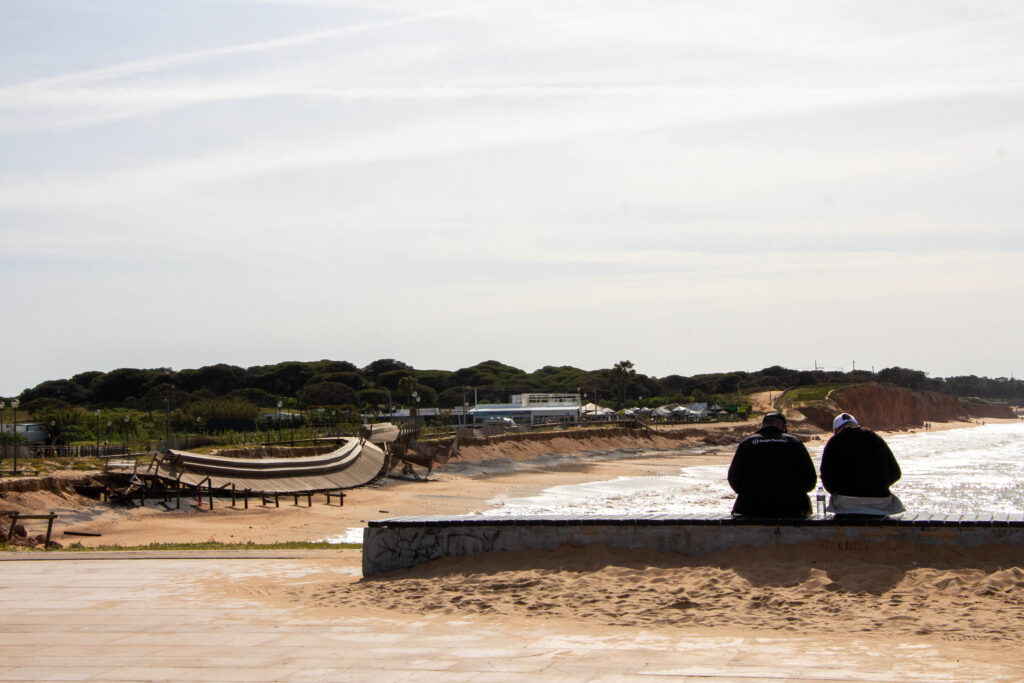
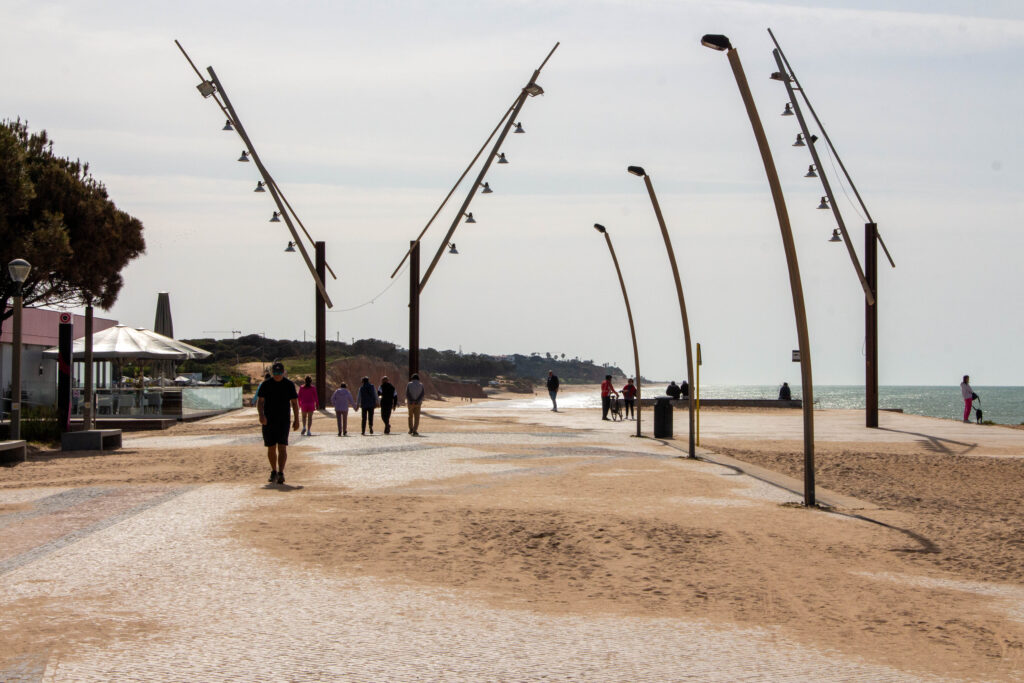
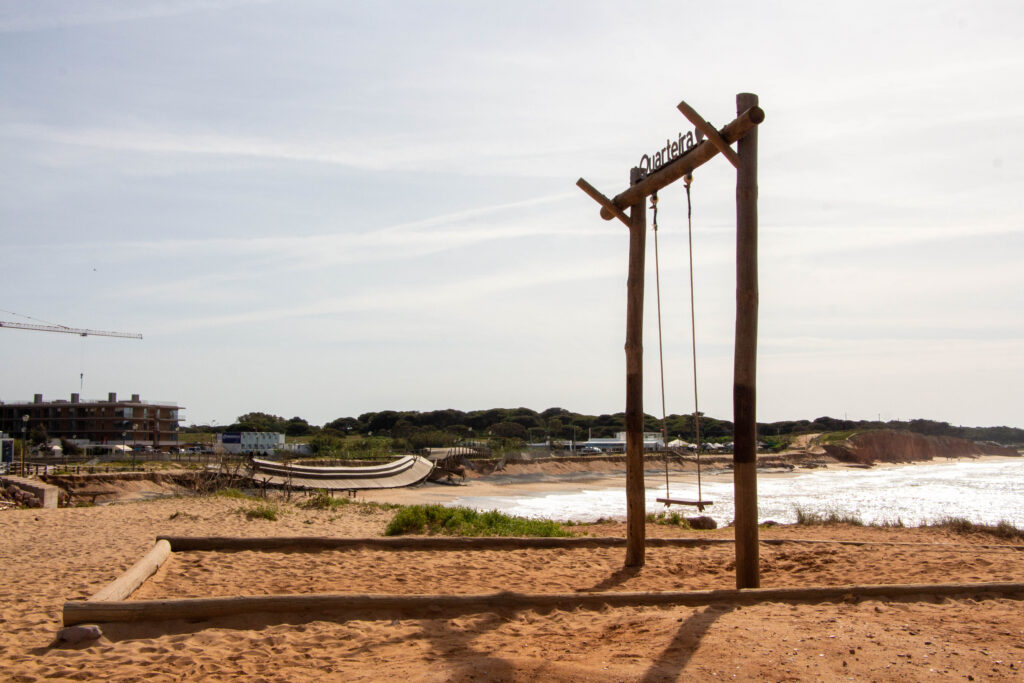
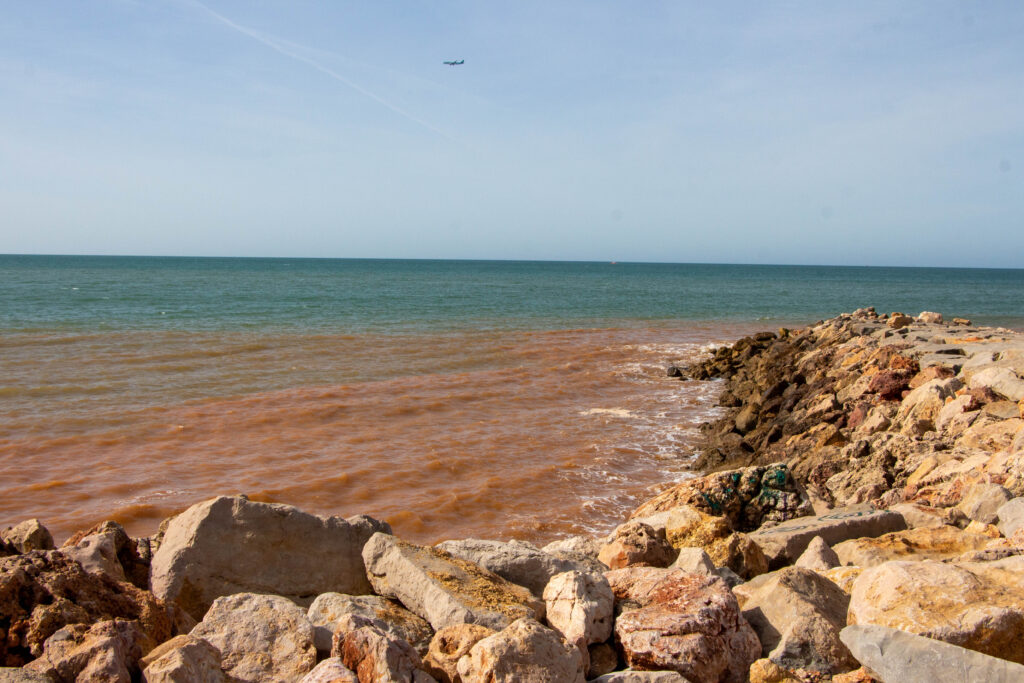
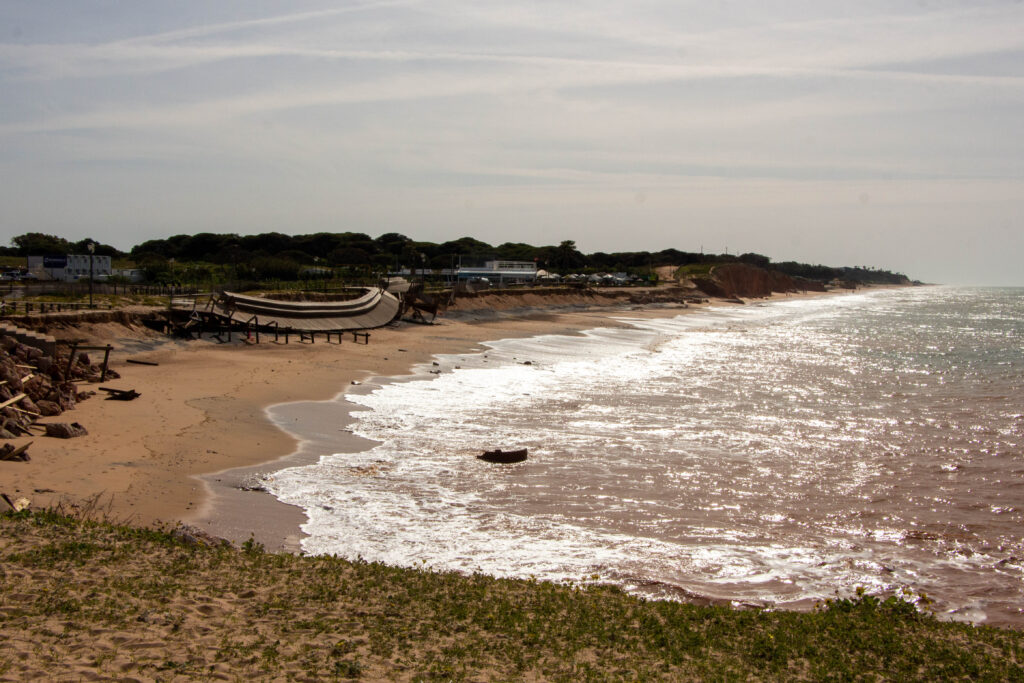
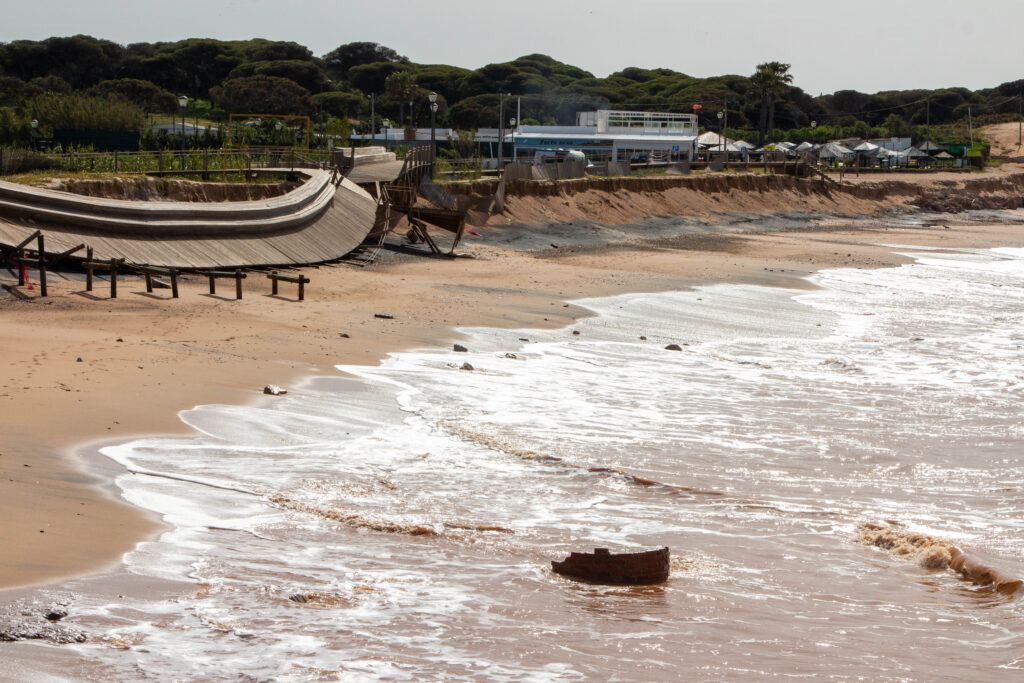
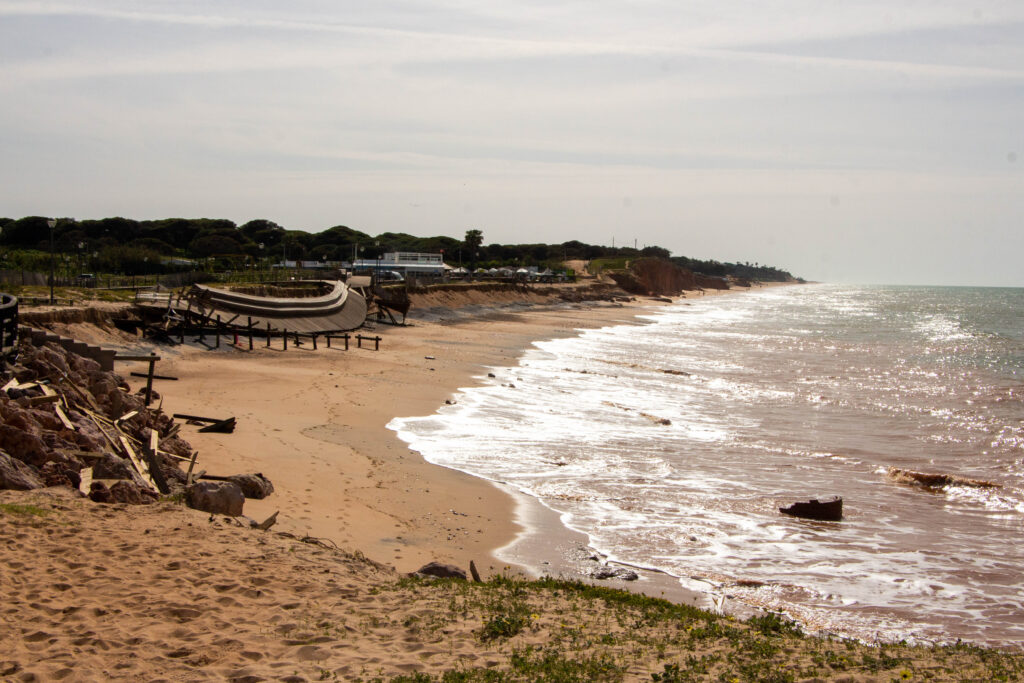
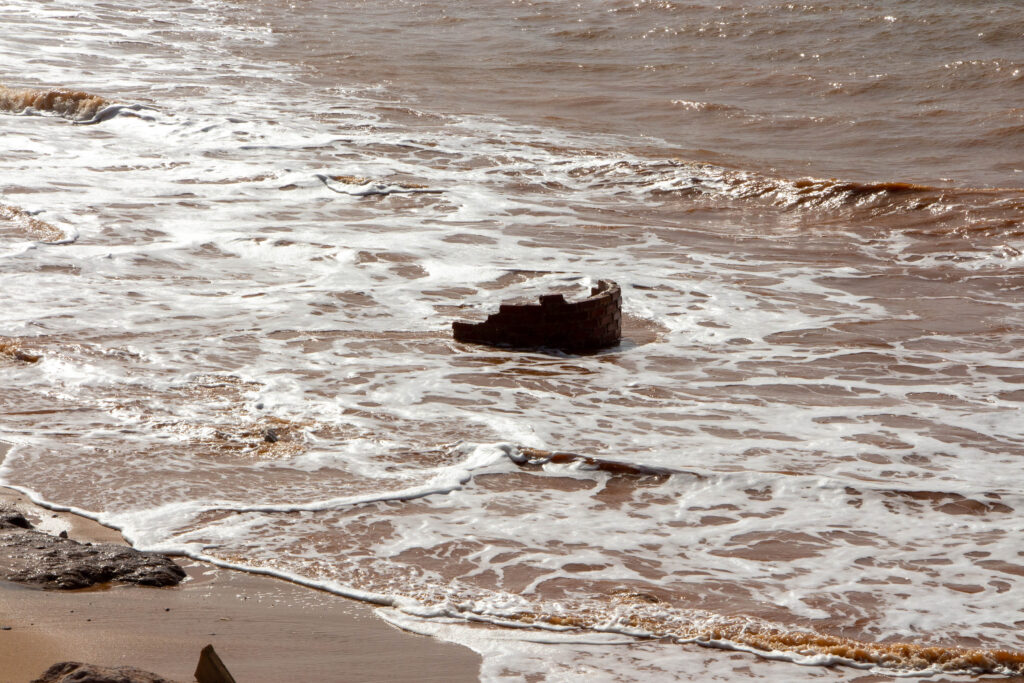
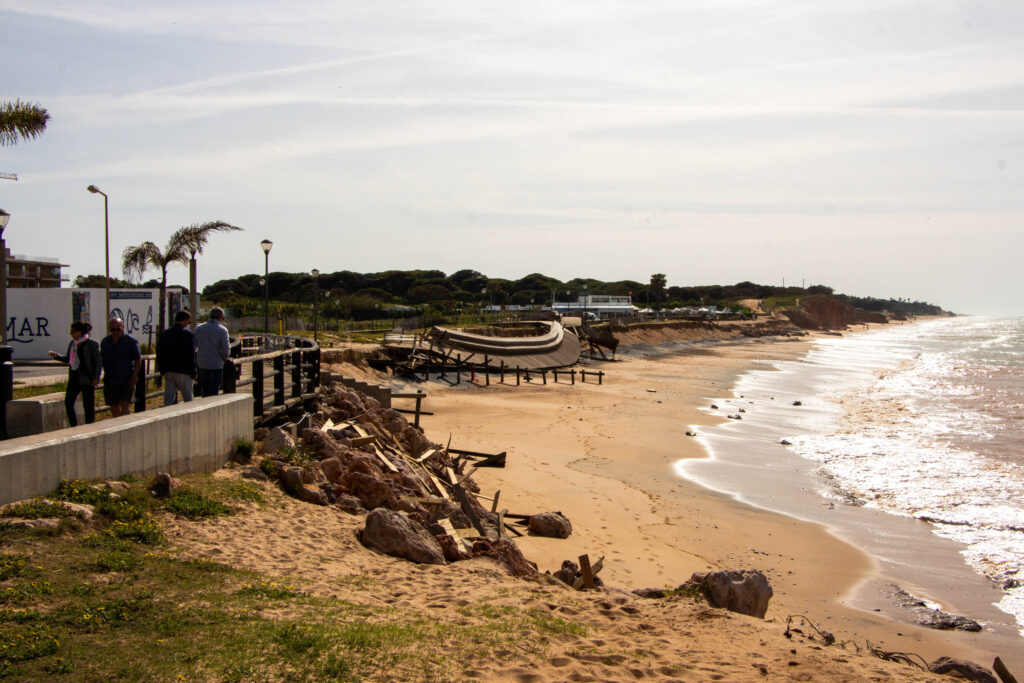
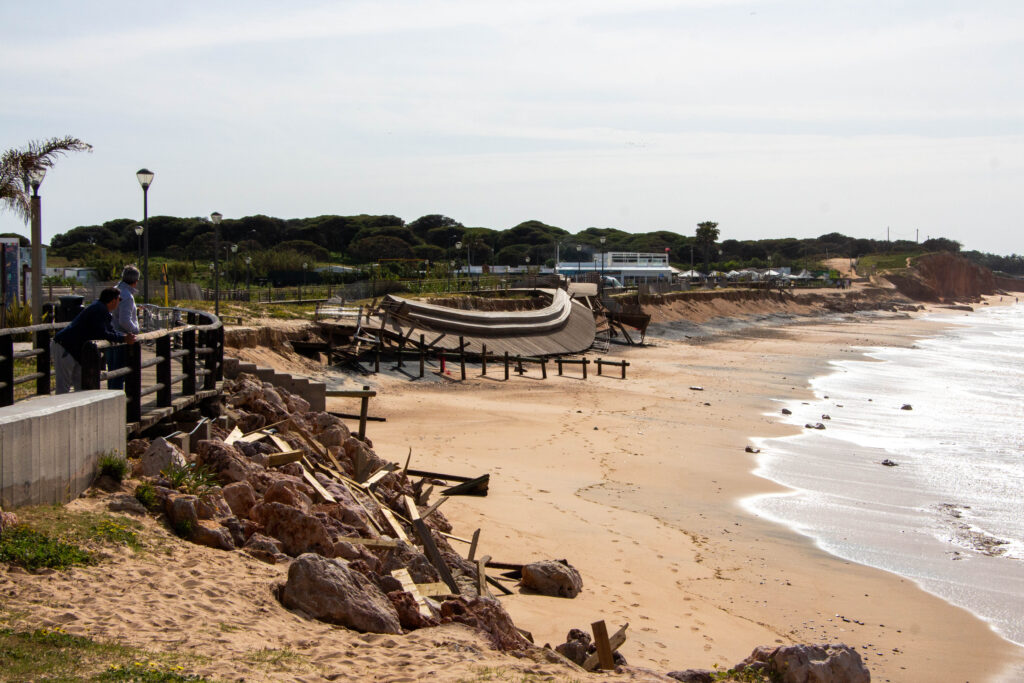
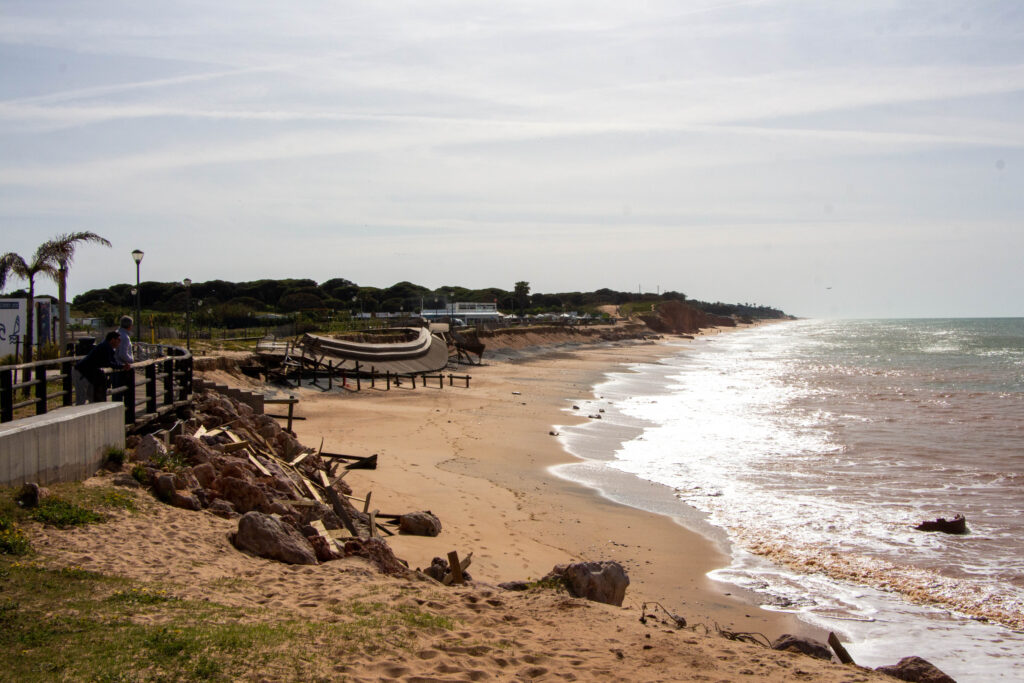
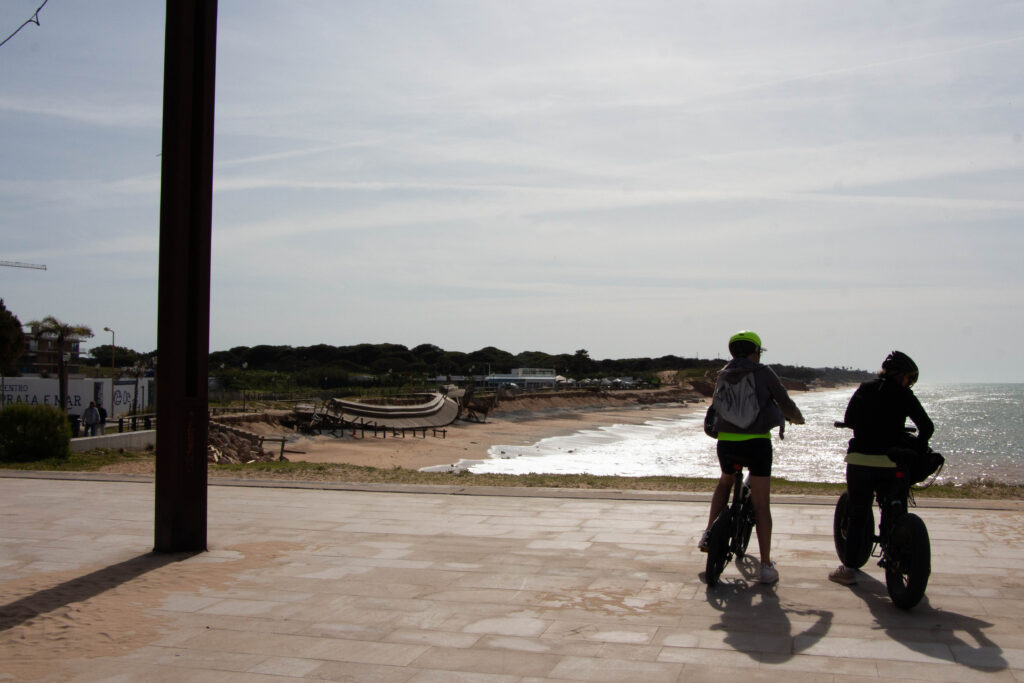
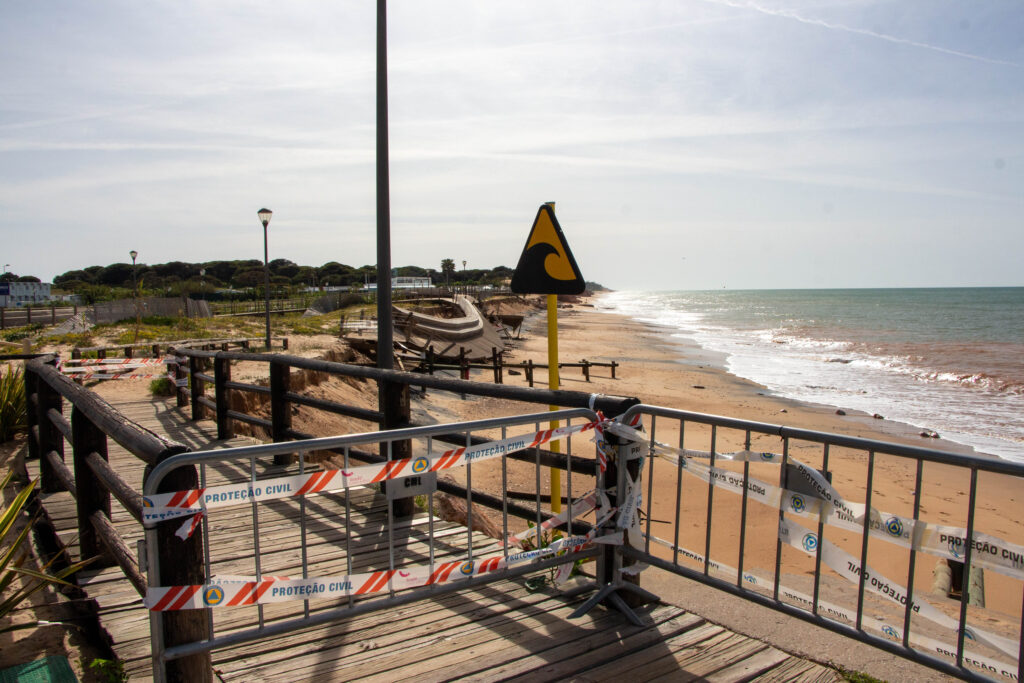
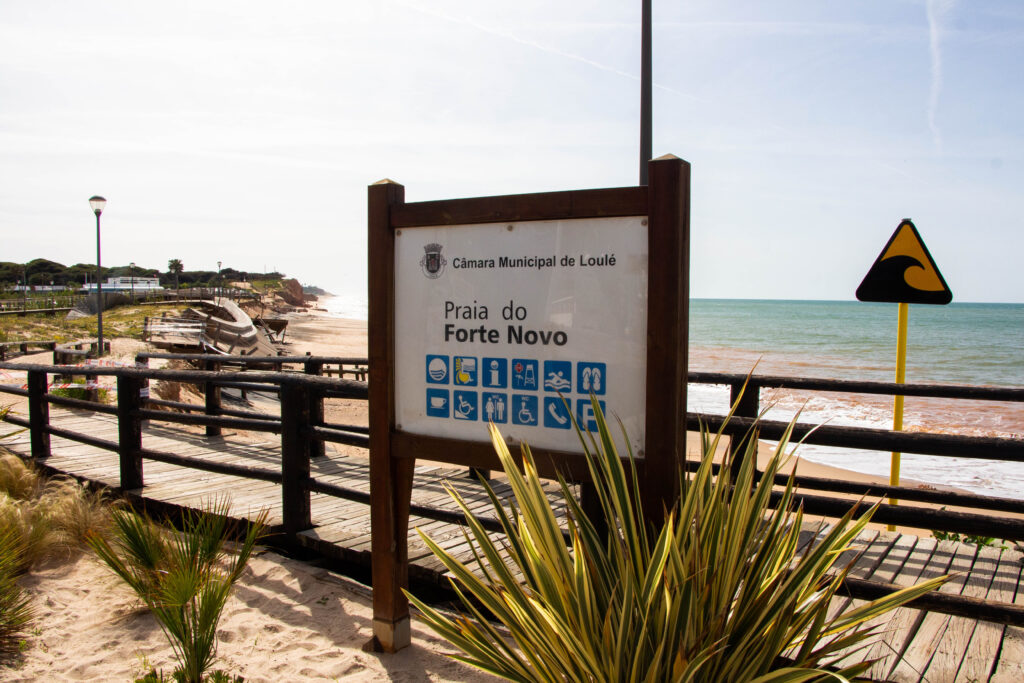
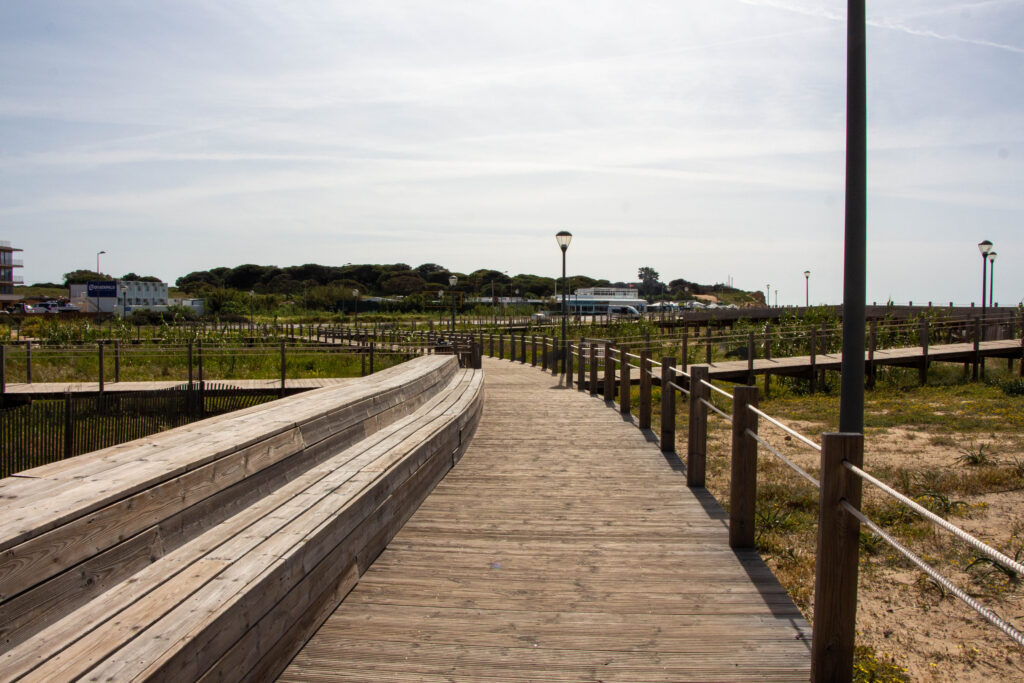
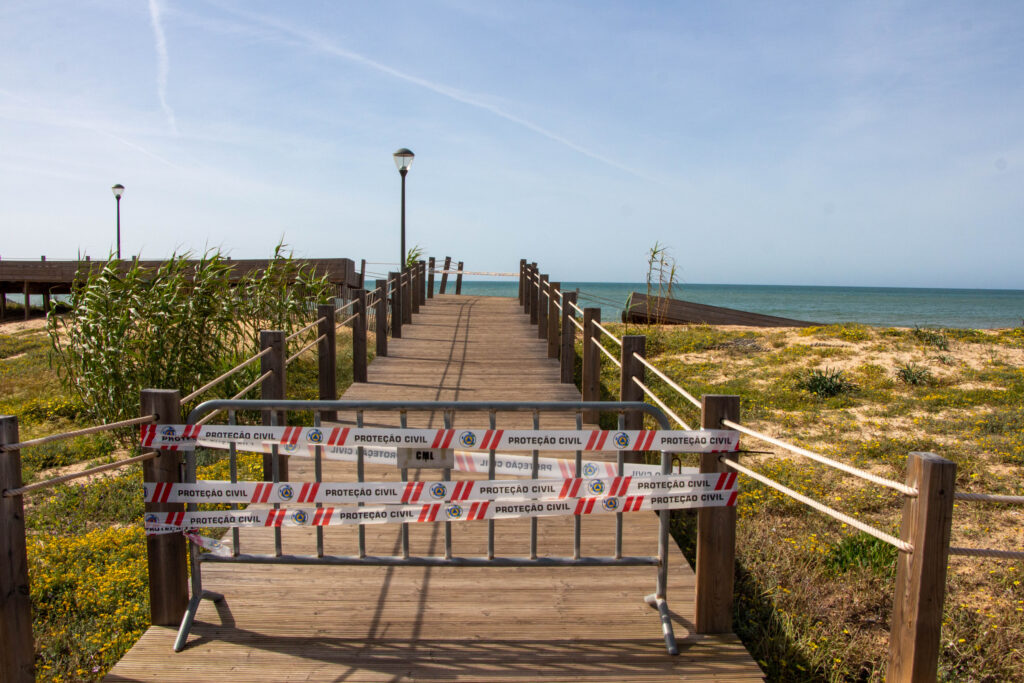
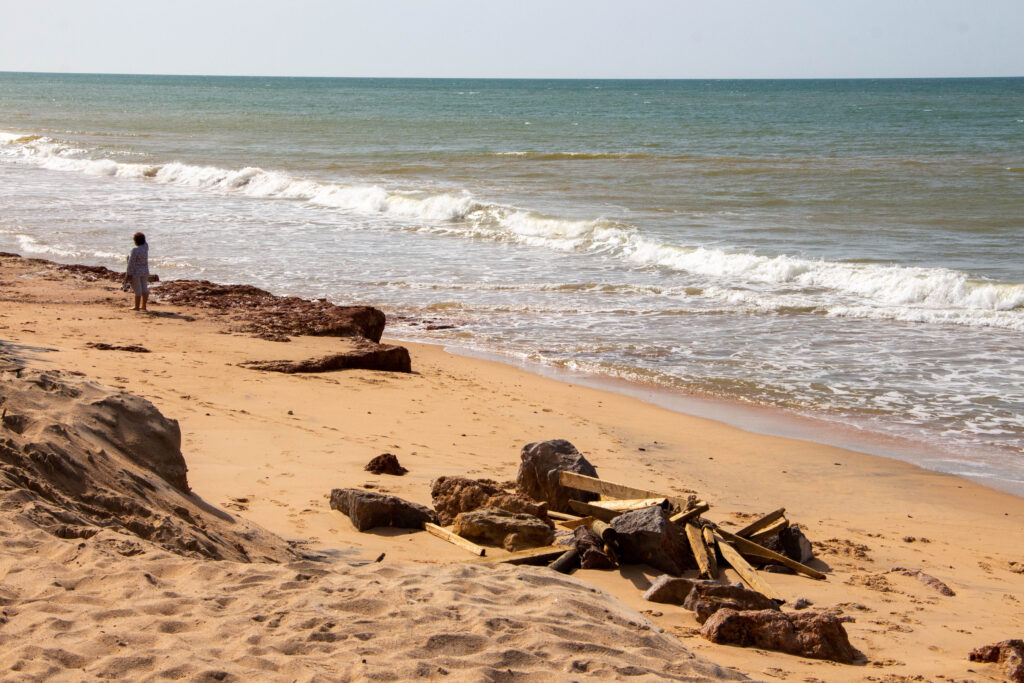
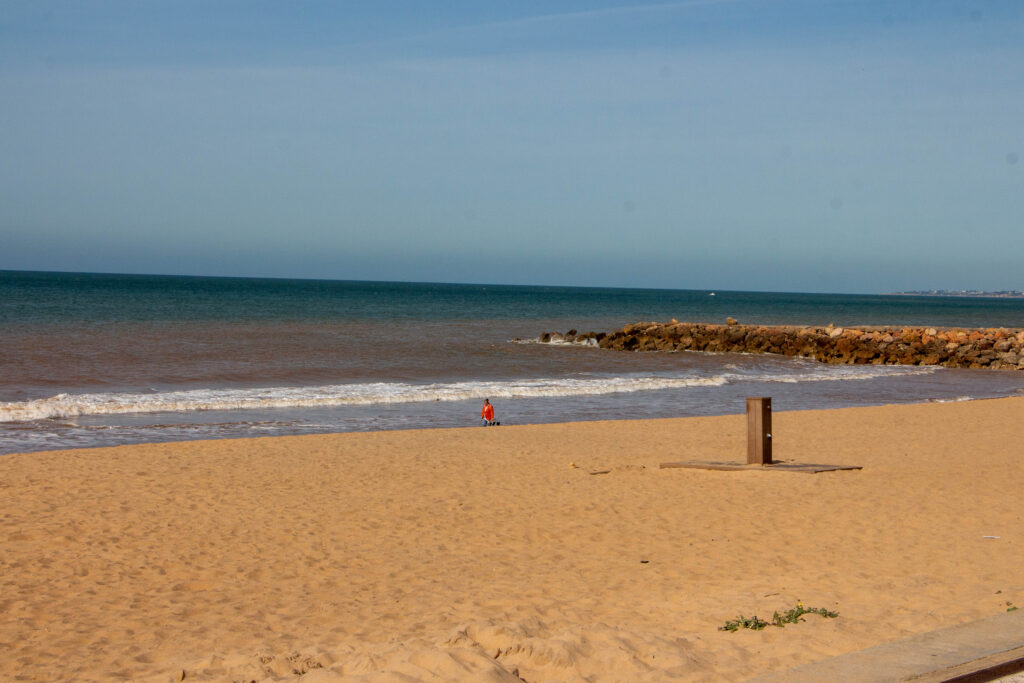


















Comments